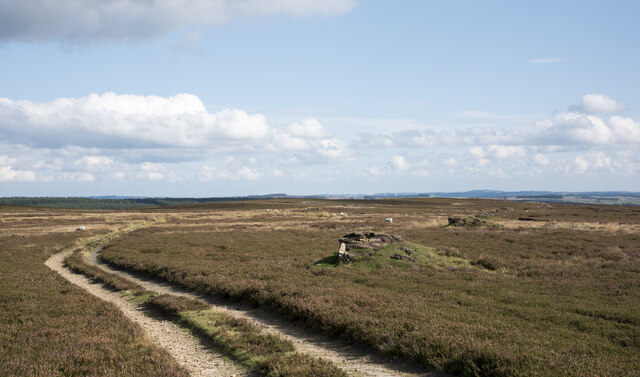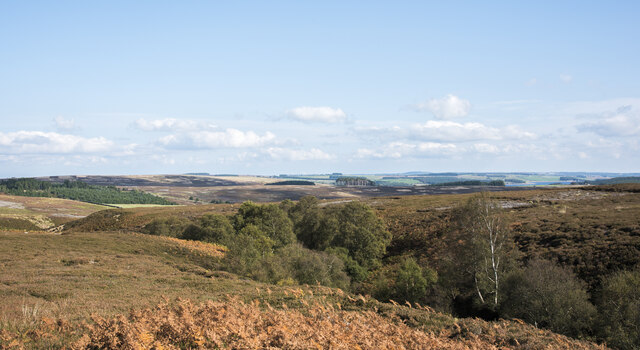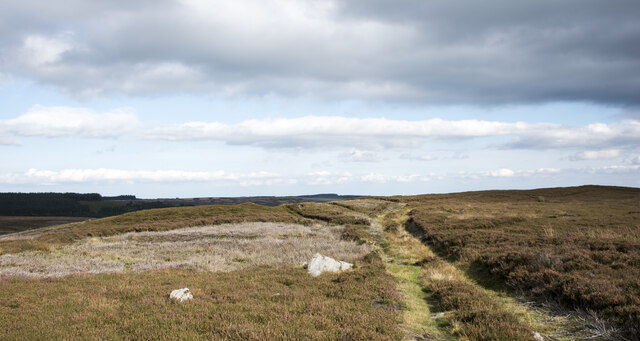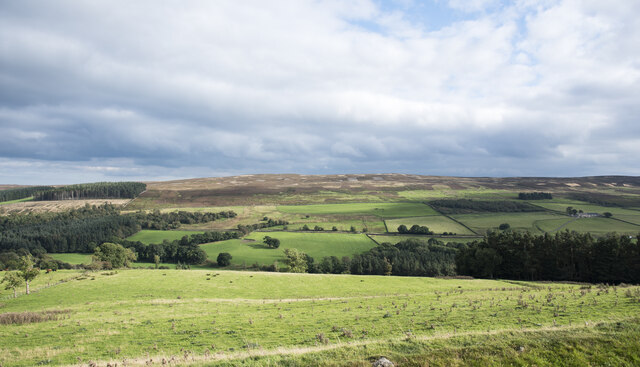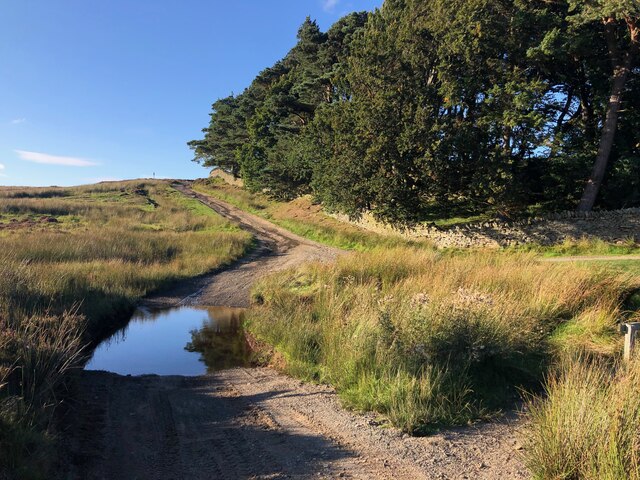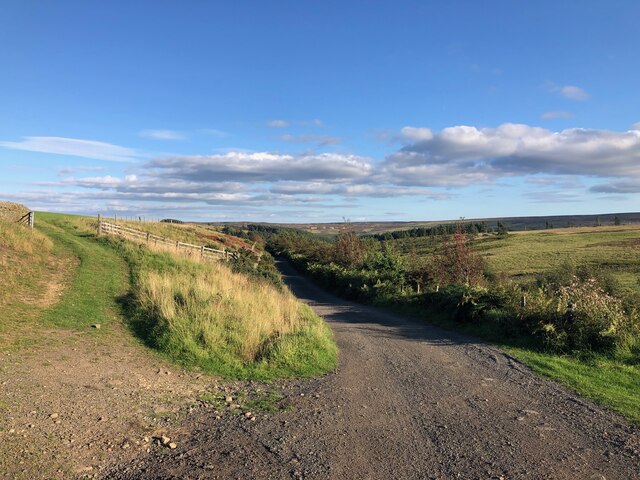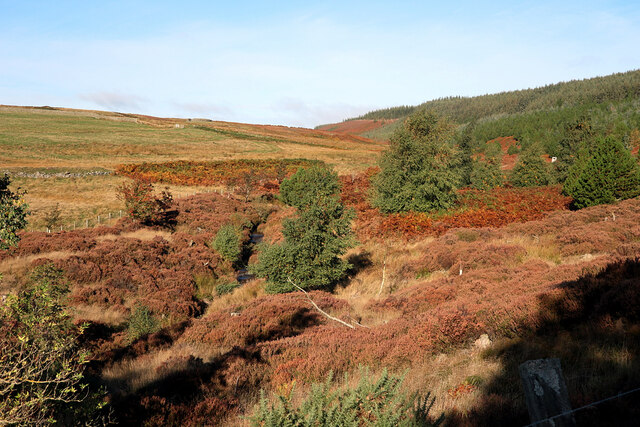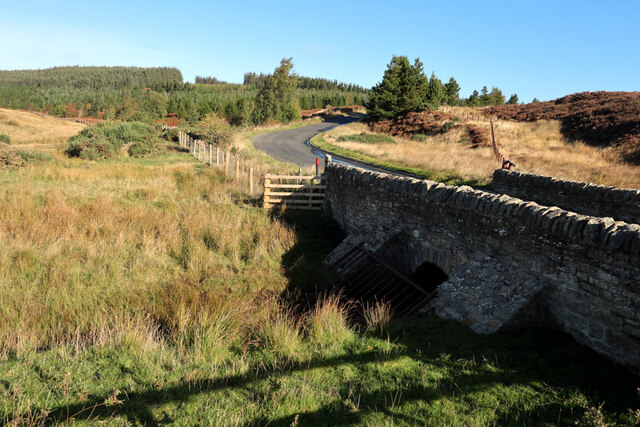Cowbyers Fell
Downs, Moorland in Northumberland
England
Cowbyers Fell
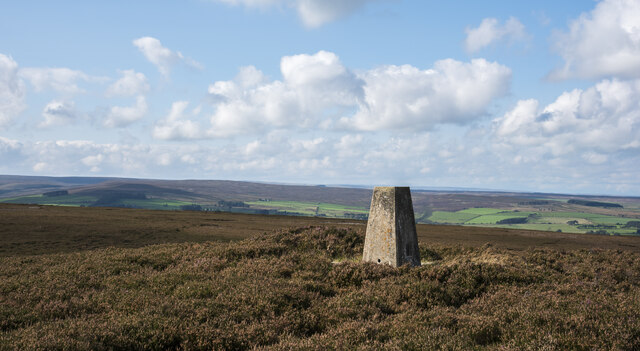
Cowbyers Fell is a prominent landscape feature located in the county of Northumberland, England. Situated amidst the enchanting Northumberland National Park, it is part of the larger Cheviot Hills range. The Fell, also known as a downs or moorland, boasts stunning vistas, rich biodiversity, and a tranquil atmosphere that attracts nature enthusiasts and hikers alike.
Covering an area of approximately 10 square kilometers, Cowbyers Fell is characterized by its rolling hills and expansive open spaces. The terrain is predominantly rugged and rocky, with heather and grasses covering the slopes. The Fell reaches an elevation of around 500 meters, offering breathtaking panoramic views of the surrounding countryside, including the nearby Simonside Hills and the Cheviot Hills.
The area is home to a diverse range of flora and fauna, with numerous species of birds, mammals, and plants thriving in this natural habitat. Visitors may encounter iconic British wildlife such as red grouse, curlews, and skylarks, as well as the occasional sighting of deer or wild ponies.
Cowbyers Fell provides an idyllic setting for outdoor activities such as walking, hiking, and birdwatching. Several well-marked trails crisscross the landscape, catering to different skill levels and interests. The tranquility and remoteness of the Fell make it an ideal spot for those seeking respite from the hustle and bustle of everyday life.
Overall, Cowbyers Fell in Northumberland is a captivating destination for nature lovers, offering stunning vistas, abundant wildlife, and a serene environment to explore and appreciate the beauty of the English countryside.
If you have any feedback on the listing, please let us know in the comments section below.
Cowbyers Fell Images
Images are sourced within 2km of 54.86888/-2.0583059 or Grid Reference NY9652. Thanks to Geograph Open Source API. All images are credited.

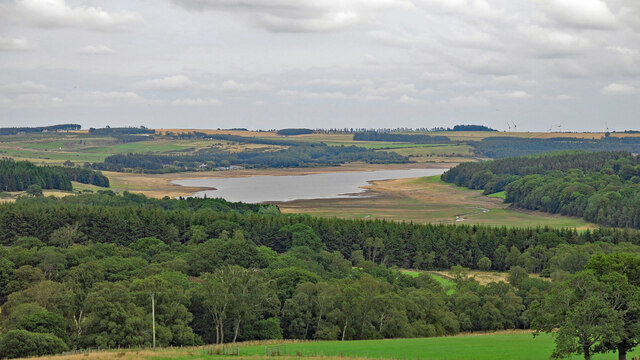
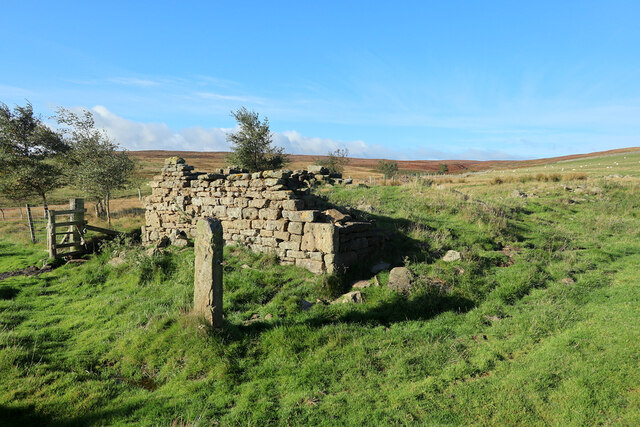
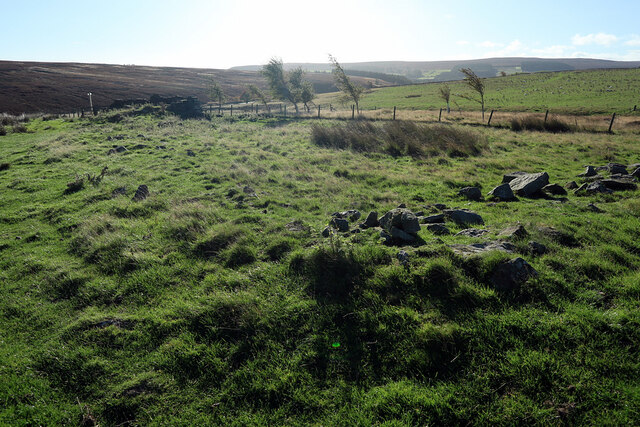
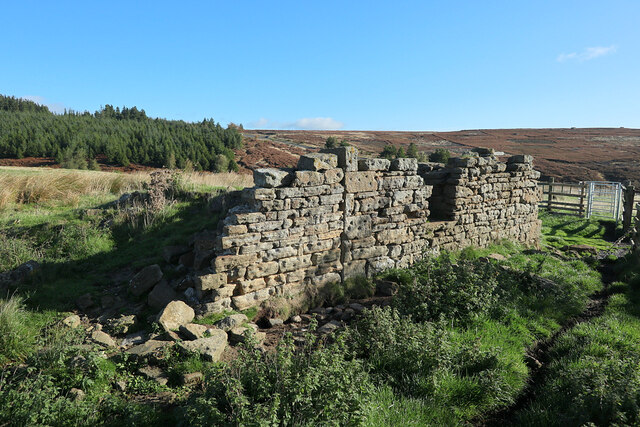
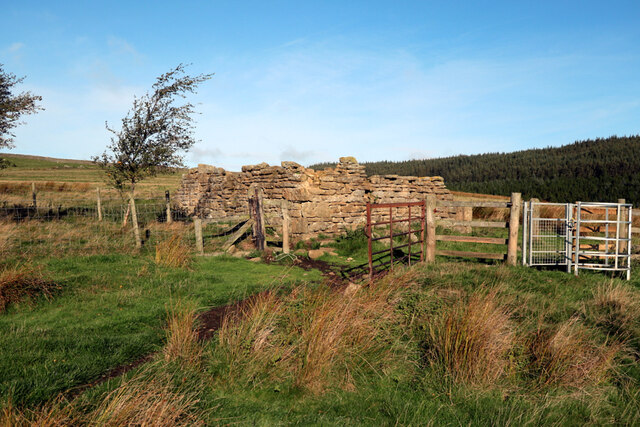
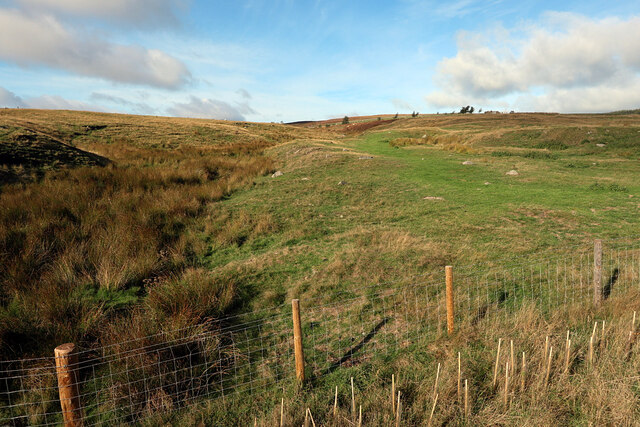
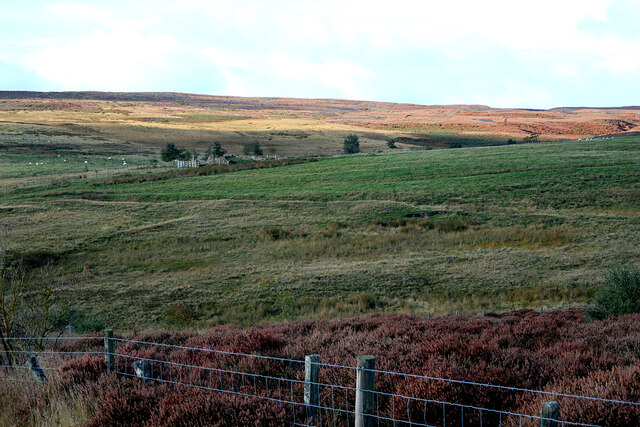
Cowbyers Fell is located at Grid Ref: NY9652 (Lat: 54.86888, Lng: -2.0583059)
Unitary Authority: Northumberland
Police Authority: Northumbria
What 3 Words
///mooring.elsewhere.traders. Near Slaley, Northumberland
Nearby Locations
Related Wikis
Blanchland Abbey
Blanchland Abbey at Blanchland, in the English county of Northumberland, was founded as a premonstratensian priory in 1165 by Walter de Bolbec II, and...
Blanchland
Blanchland is a village in Northumberland, England, on the County Durham boundary. The population of the civil parish at the 2011 census was 135.Set beside...
Baybridge, Northumberland
Baybridge is a small village in Northumberland, England, just to the west of Blanchland and on the border with County Durham. It is situated to the west...
Colpitts Grange
Colpitts Grange is a hamlet in Northumberland, England. It is about 7 miles (11 km) to the south-east of Hexham. == Governance == Colpitts Grange is in...
Nearby Amenities
Located within 500m of 54.86888,-2.0583059Have you been to Cowbyers Fell?
Leave your review of Cowbyers Fell below (or comments, questions and feedback).
